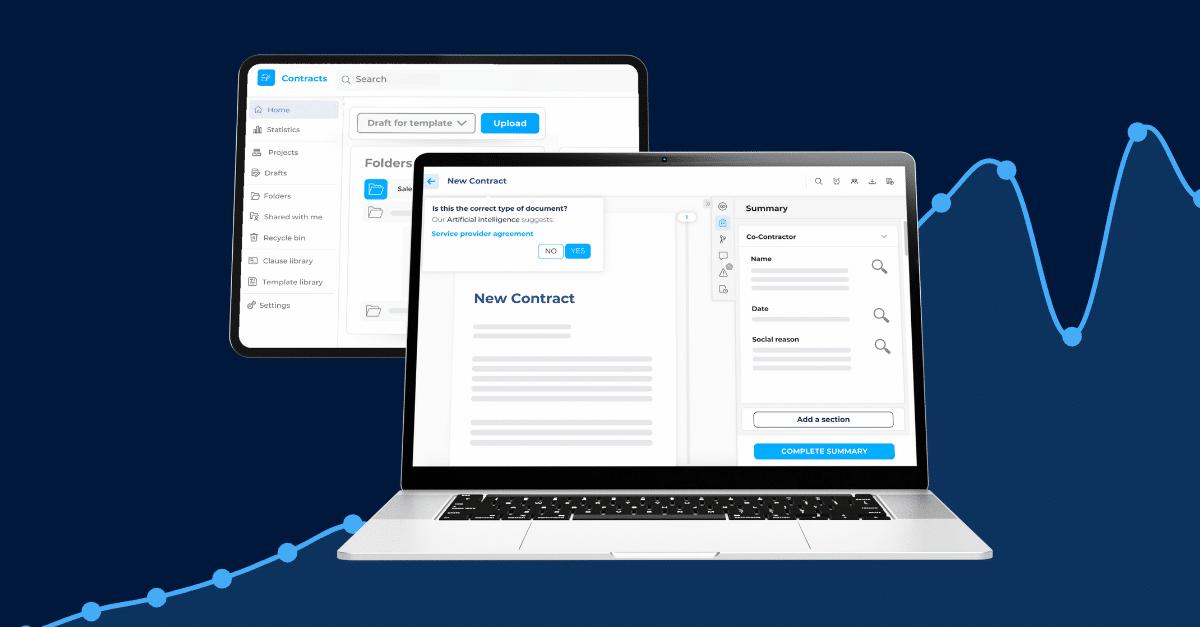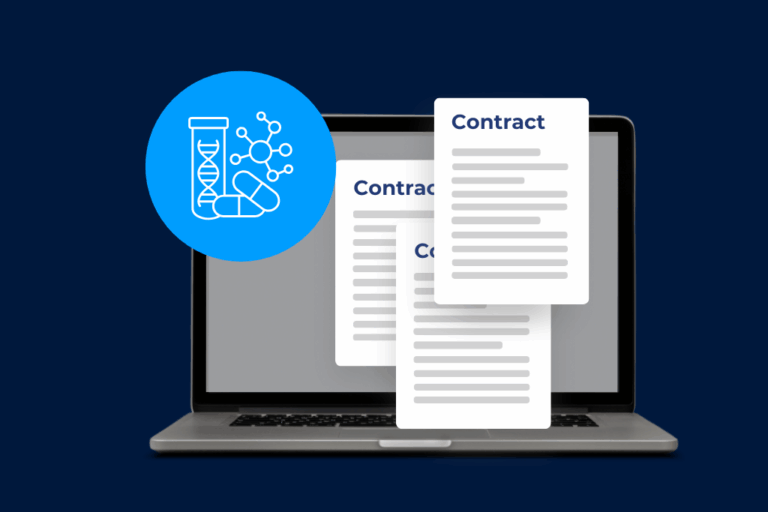A limited partnership agreement (LP agreement) sets out clear guidelines regarding the roles of the partners, profit distribution, and company management, thereby ensuring efficient cooperation and shared goals. Modern digital governance solutions help to simplify their management.
Limited partnership (LP) agreements form the backbone of successful business partnerships, establishing clear guidelines for how partners interact, share profits, and manage responsibilities. For organizations seeking to create solid foundations for their business relationships, understanding the intricacies of these legal documents is essential. This guide explores the fundamental aspects of LP agreements, their critical components, and how modern governance solutions help businesses manage these important documents efficiently.
What is a LP agreement?
A limited partnership (LP) agreement is a legally binding document that outlines the relationship between general partners and limited partners in a business structure. This agreement serves as the governing framework for the partnership, defining rights, responsibilities, and financial arrangements among all parties involved.
Limited partnerships consist of two distinct partner types:
- General partners who maintain full management control and assume unlimited liability for the partnership’s obligations
- Limited partners who contribute capital but have restricted management authority and enjoy liability protection limited to their investment amount
Unlike general partnerships where all partners share equal responsibility and liability, limited partnerships create a clear separation of roles. This structure proves particularly advantageous for businesses seeking outside investment while maintaining operational control.
The legal foundation of limited partnerships varies by jurisdiction, but most follow similar principles established under the Uniform Limited Partnership Act in the United States. Businesses typically choose the LP structure when they need to attract investors who want financial returns without day-to-day management responsibilities.
Essential Components of an LP Agreement
Effective LP agreements contain several critical elements that protect all parties and establish clear operational guidelines. Understanding these components helps businesses create comprehensive agreements aligned with their specific needs.
Partner Information and Capital Contributions
The agreement must clearly identify all partners, distinguishing between general and limited partners. Additionally, it should specify:
- Initial capital contributions from each partner
- The nature of contributions (cash, property, services)
- Procedures for additional capital calls
- Valuation methods for non-cash contributions
This section establishes the financial foundation of the partnership and clarifies ownership percentages based on contributions.
Profit and Loss Allocation
One of the most significant aspects of any partnership agreement is how profits and losses are distributed. The LP agreement should outline:
- The formula for profit and loss allocation
- Distribution schedules and procedures
- Tax allocation provisions
- Treatment of losses exceeding a limited partner’s investment
These provisions directly impact the financial returns for all partners and require careful consideration during drafting.
Management Rights and Decision-Making
The agreement must clearly delineate management authority between general and limited partners. Typically, general partners maintain operational control, but the agreement should specify:
- Scope of general partner authority
- Any limitations on general partner powers
- Matters requiring limited partner approval
- Voting thresholds for different decision types
These provisions establish the governance structure of the partnership and prevent potential conflicts regarding decision-making authority.
Transfer Restrictions and Exit Provisions
LP agreements should address how partners enter and exit the partnership, including:
- Restrictions on transferring partnership interests
- Right of first refusal provisions
- Buyout procedures for departing partners
- Valuation methods for partnership interests
These clauses protect the partnership from unwanted third parties and provide clear pathways for partners to exit when necessary.
Common Challenges in LP Agreements
Despite their importance, LP agreements present several challenges for businesses. Understanding these potential pitfalls helps organizations create more effective agreements.
Balancing Interests Between Partners
General partners seek operational freedom and flexibility, while limited partners prioritize investment protection and financial returns. Finding the right balance requires thoughtful negotiation and clear documentation of expectations from all parties.
Addressing Liability Concerns
While limited partners enjoy liability protection, certain actions might jeopardize this status. The agreement should clearly outline prohibited activities for limited partners to maintain their liability shield.
Limited partnerships face various regulatory requirements depending on jurisdiction and industry. The agreement must address compliance obligations and establish procedures for meeting ongoing regulatory demands.
Best Practices for Drafting Effective LP Agreements
Creating comprehensive LP agreements requires attention to detail and consideration of all potential scenarios. Following these best practices helps businesses establish solid partnership foundations.
Clarity and Specificity
Ambiguous language leads to disputes and potential litigation. Effective LP agreements use clear, specific language that leaves little room for interpretation. Define all terms thoroughly and avoid vague provisions that might create confusion later.
Tailoring to Business Needs
Standard templates rarely address the unique aspects of specific business relationships. Customize your LP agreement to reflect the particular circumstances, goals, and risk profiles of your partnership.
Regular Review and Updates
Business conditions change over time, necessitating updates to partnership agreements. Establish a regular review schedule to ensure the agreement remains aligned with current business realities and partner expectations.
How Technology Solutions Streamline LP Agreement Management
Modern governance solutions transform how businesses manage their partnership agreements, offering significant advantages over traditional paper-based approaches.
Digital Storage and Organization
Digital platforms provide secure, centralized storage for all partnership documents, eliminating the risk of lost or misplaced agreements. These solutions organize documents logically, making retrieval simple when needed.
Secure Access and Sharing
Advanced governance platforms enable secure sharing of partnership documents with appropriate stakeholders while maintaining strict access controls. This functionality proves particularly valuable when working with multiple partners across different locations.
Version Control and Amendment Tracking
Partnership agreements often undergo amendments throughout their lifecycle. Digital solutions maintain comprehensive version histories, tracking all changes and ensuring all partners access the most current agreement version.
The DiliTrust Suite offers comprehensive tools specifically designed for managing complex legal documents like LP agreements. Its secure document management module provides the robust features needed for effective partnership governance, including:
- Centralized storage with advanced security protections
- Granular access controls for sensitive partnership information
- Automated workflows for agreement reviews and approvals
- Comprehensive audit trails for all document activities
Laying the Groundwork for Stronger Partnerships
LP agreements serve as the foundation for successful limited partnerships, establishing clear guidelines for partner relationships and business operations. Through careful drafting, regular reviews, and leveraging modern governance technology, businesses create partnerships built for long-term success.
For organizations seeking to optimize their partnership agreement management, digital governance solutions offer significant advantages. These platforms streamline document management, enhance security, and improve collaboration among partners.
Evaluate your current approach to managing LP agreements and consider how digital governance solutions might strengthen your partnership foundations. With the right combination of legal expertise and technology support, your limited partnerships will stand on solid ground for years to come.
Want to learn more about how DiliTrust can enhance your corporate governance? Contact us today!




